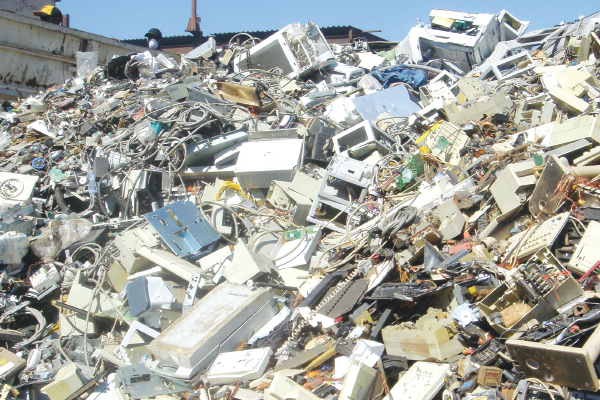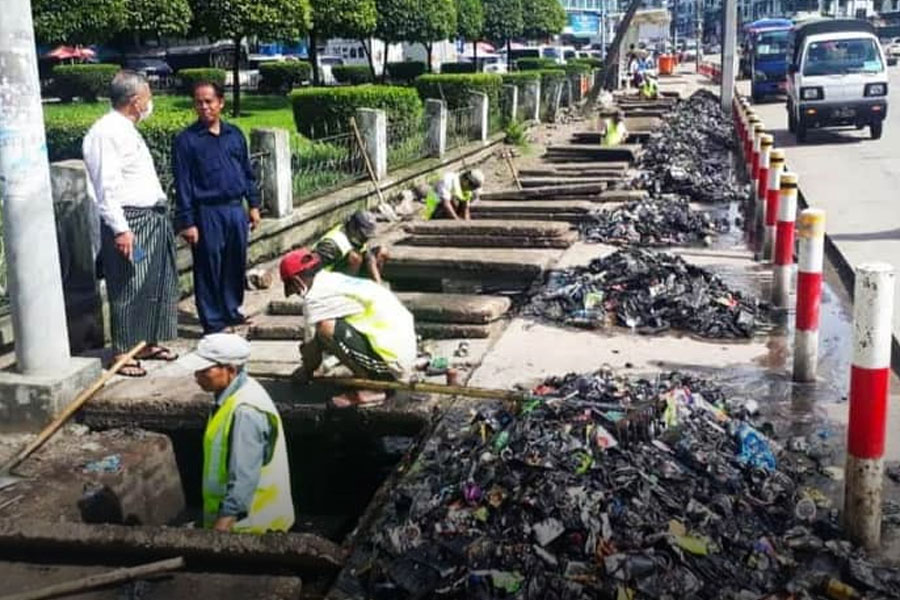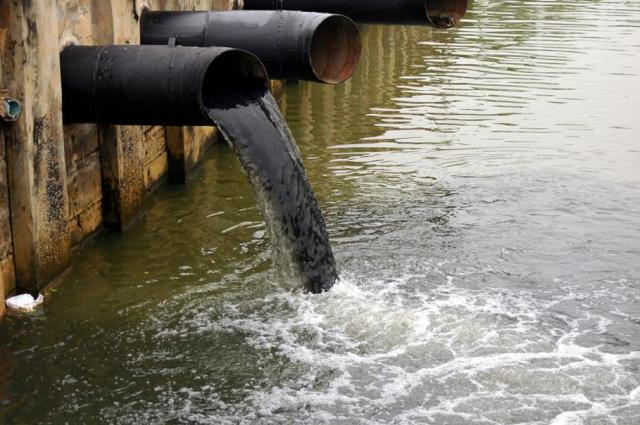By KTZH
Technologies are growing at a very fast pace in the world and the use of electronic devices has increased tremendously. Our lives are also becoming ever more electrified. There are new phones, laptops, televisions, DVD players, cameras, generators, freezers, CD players and other items on the market. They are discarded by their owners due to their short lifespan.
E-waste refers to discarded electronic devices. The UN defines e-waste as any discarded product with a battery or plug, and features toxic and hazardous substances such as mercury, that can pose severe risks to human and environmental health.
The negative effects that electronic waste has on both the environment and public health. Have you ever thought that e-waste can affect both the environment and public health? How many kinds of e-waste are there in your house?
In today’s age, people are constantly changing their electronic devices every year for better and faster models. But what happens to your old devices? If you think it is OK and very easy to throw away the e-waste, it is not as simple as you think. E-waste can be toxic, is not biodegradable and accumulates in the environment, in the soil, air, water and living things.
E-waste contains toxic substances
E-waste also contains toxic and hazardous materials such as mercury, cadmium, lead, nickel, beryllium, chromium, chemical flame retardants, etc. They can also lead to air pollution, water pollution and soil pollution.
When electronic waste is dismantled, shredded, or melted, it releases numerous toxins that cause air pollution and damage respiratory health.
When toxins released from e-waste enter soil, it is likely that they will reach groundwater, and then nearby ponds, lakes and so on. These chemicals can change the pH of the water, which kills freshwater organisms, damages ecosystems, and even causes health issues to the animals who drink this water.
Moreover, the improper disposal of e-waste in regular landfills or in places, where both heavy metals and flame retardants can seep directly into the soil, causing contamination of underlying groundwater or crops that may be planted nearby or in the area in the future. They can remain there for a very long time. These chemicals will also affect the soil’s pH, composition, and temperature, and ultimately affect the plants and wildlife in the area.
Additionally, the toxic components contained in e-waste are also dangerous to human beings such as brain, heart, liver, kidney and skeletal system damage and so on.
Public awareness
Each year, International E-Waste Day is held on 14 October, aiming to reflect on the impacts of e-waste and the necessary actions to enhance circularity for e-products.
According to the United Nations, in 2021 each person on the planet will produce on average 7.6 kilogrammes of e-waste, meaning that a massive 57.4 million tons will be generated worldwide. Only 17.4 per cent of this electronic waste, containing a mixture of harmful substances and precious materials, will be recorded as being properly collected, treated and recycled.
Additionally, the UN said eight kilogrammes of e-waste per person will be produced worldwide in 2023. This means 61.3 million tonnes of electronic waste is discarded within a year. The digits show increasing e-waste amount year by year.
Therefore, effective waste management is important to maintain a healthy environment for proper growth and survival. So, the people should know the three Rs—reduce, reuse and recycle. Moreover, it should educate the people on current measures of disposal, if not, the growing stream of e-waste will worsen.
How to reduce e-waste
In our country, Myanmar, people first choose to repair products and then resell them to second-hand agents when they are not easy to repair. It is rare to dispose of electronic products even if they are end of life. Therefore, there might be piles of e-waste in their houses. There are no widespread educational papers, articles, extension services etc. for electronic waste disposal in Myanmar. Therefore, there should the systematic structures, management and strategies for this issue. Some organizations conduct awareness campaigns locally for waste mostly for plastic, dry or wet waste. There should be also more campaigns for e-waste management.
The simplest and easiest solution to e-waste is to arrange to take your e-waste to a recycling firm. The benefits of doing so are enormous. Recycling remains the most effective way to keep e-waste from damaging our environment and our health. That’s a message we all need to keep repeating.
If we really love the next generations and our planet Earth, we must take action to protect the environment before it is too late.
Reference: Geneva Environment Network

















